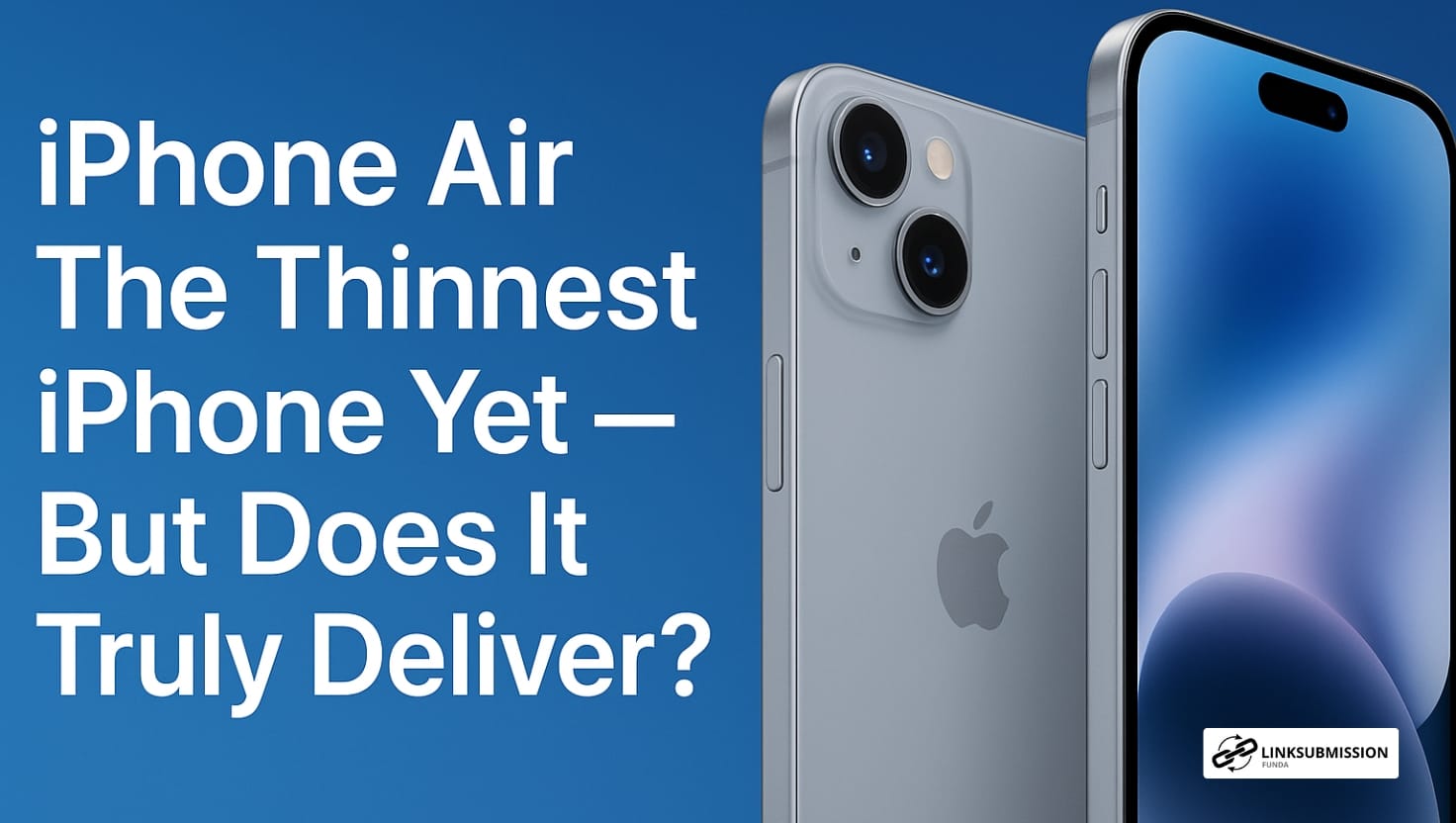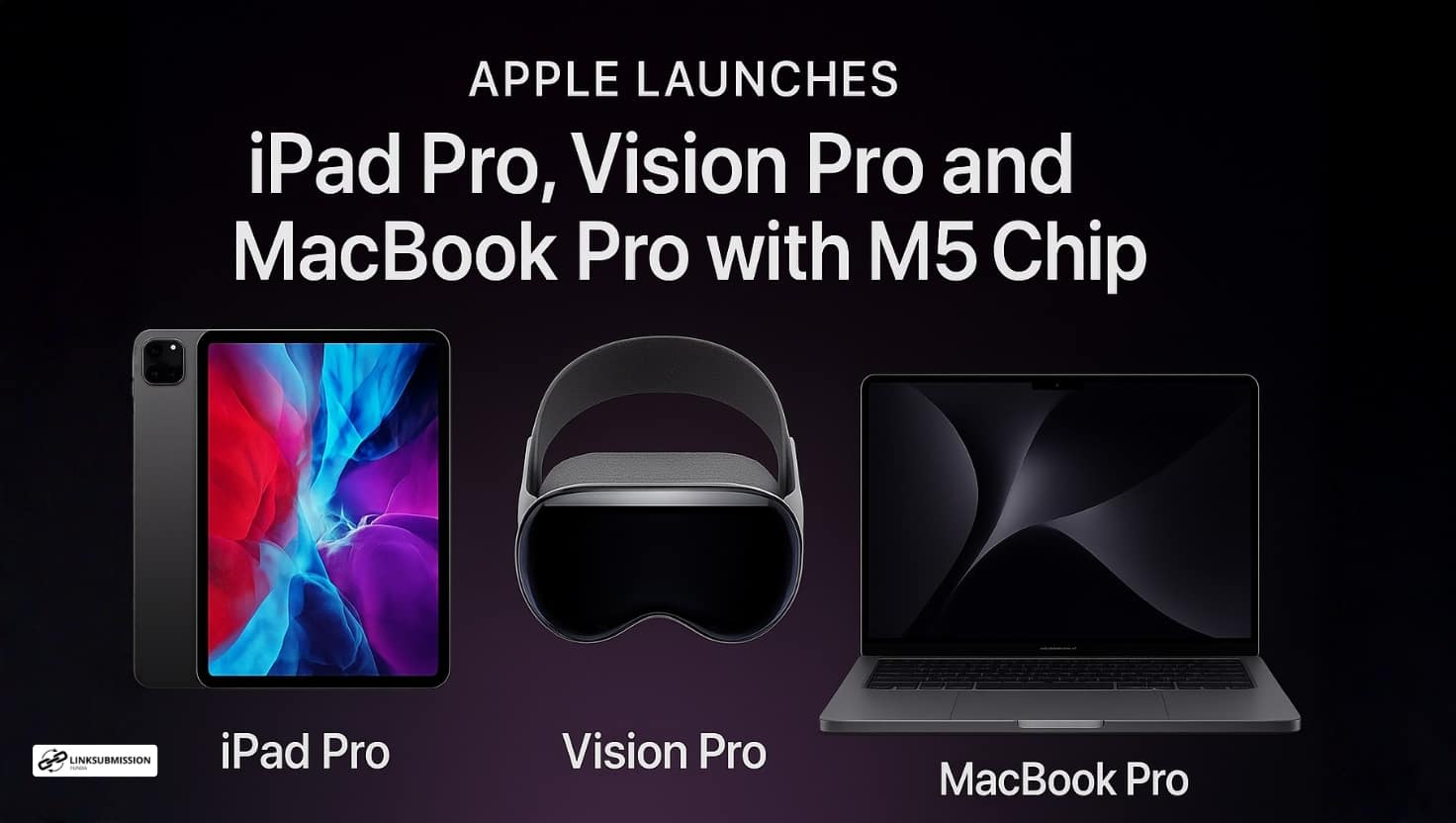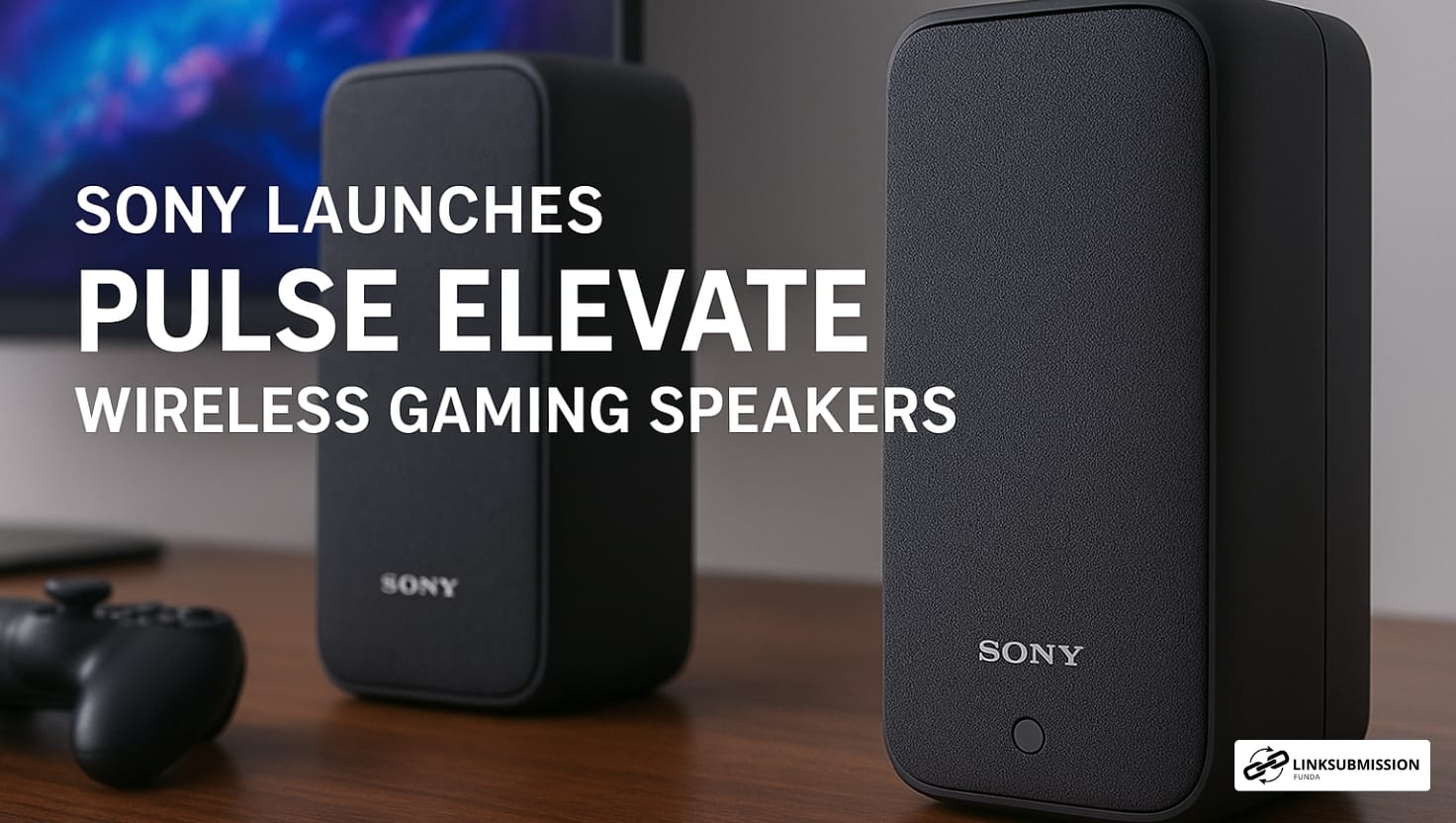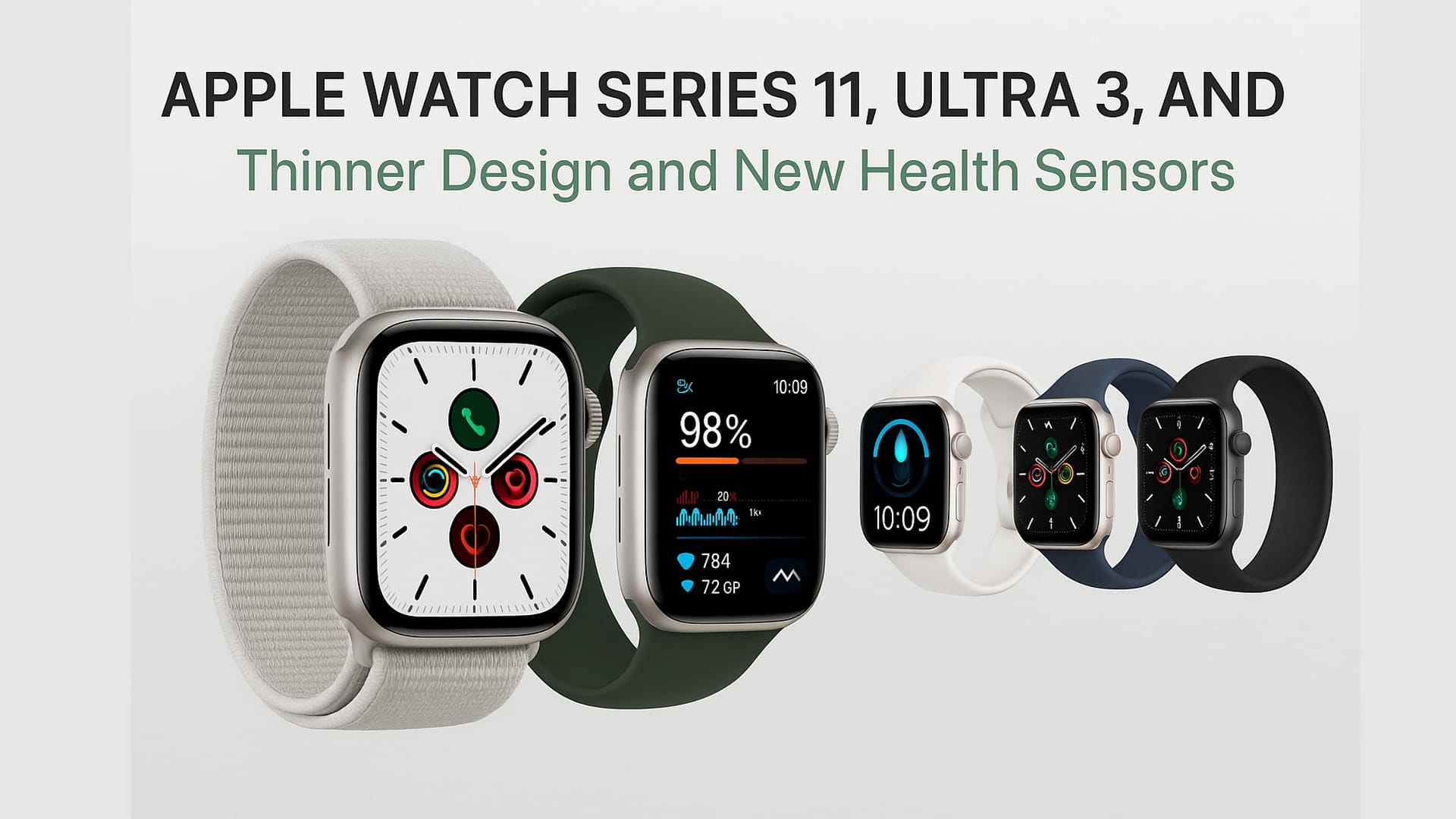Apple has done it again — pushing the boundaries of smartphone design with its latest innovation, the iPhone Air, officially the thinnest iPhone ever made. At just 5.6mm thick, this sleek marvel has caught everyone’s attention. But the question that’s been buzzing since launch is: Does thin really mean better? Let’s dive deep into what makes the iPhone Air stand out — and where it might fall short.
Design & Build: A Feather in the Hand
The iPhone Air’s design is nothing short of breathtaking. Apple has achieved an impressive engineering feat by trimming the device down to a paper-thin 5.6mm without compromising on strength. Built with Grade-5 titanium and covered by dual Ceramic Shield glass panels, the phone feels both luxurious and sturdy.
At just 165 grams, it’s unbelievably light — so much so that you might forget it’s even in your pocket. The edges are slimmer, and the profile feels futuristic, though users have mentioned that the ultra-thin sides make it slightly harder to grip securely.
Still, one thing’s clear: Apple wanted to make a design statement, and it succeeded spectacularly. The iPhone Air looks and feels like the future.
Display & Performance: Power in a Slim Frame
Despite its size, the iPhone Air doesn’t compromise on visual quality. It features a 6.5-inch Super Retina OLED display with ProMotion technology (1–120Hz), ensuring smooth scrolling and vivid visuals. The brightness peaks at 3,000 nits, making it ideal for outdoor use and HDR content.
Under the hood, it’s powered by Apple’s latest A19 Pro chip — the same silicon that drives the top-tier iPhone 17 Pro series. Coupled with a new C1X modem and N1 connectivity chip, it supports Wi-Fi 7, Bluetooth 6, and even Thread for smart home devices.
Performance-wise, it’s incredibly smooth. From gaming to video editing to multitasking, the Air handles it all with ease — though long sessions can cause some heat buildup due to the lack of space for cooling.
If you’re a casual to moderate user, you’ll find the iPhone Air’s performance near flawless. But power users might feel the pinch during prolonged heavy workloads.
Battery Life: The Price of Thinness
Here’s where things get a little tricky. With great thinness comes great compromise — especially in battery capacity.
The iPhone Air packs a 3,149 mAh battery, which Apple claims delivers “all-day battery life” and up to 27 hours of video playback. However, in real-world tests, the results are mixed.
For average daily use — browsing, texting, and streaming — it easily lasts a full day. But if you’re gaming, recording videos, or editing photos, the battery drains faster than you’d expect from a premium device.
The slim body also means less space for thermal management, so the phone can get warm during intensive use. Still, fast charging and MagSafe compatibility help balance things out.
Camera: Great Quality, Limited Options
Apple has taken a minimalist route with the iPhone Air’s camera system. Instead of multiple lenses, it features a single 48MP main camera that uses Apple’s Fusion technology for improved color and clarity. You also get a 2x telephoto crop mode, but there’s no ultra-wide or dedicated zoom lens.
The photos it captures are stunning in daylight — crisp, vibrant, and full of detail — but low-light shots and zoom photography don’t quite match the Pro models.
The 18MP front camera deserves praise though. It supports “Center Stage,” which intelligently adjusts the frame during video calls or selfies. It’s ideal for creators and social media users who value high-quality front-facing shots.
Overall, the camera is good, but if you’re used to having multiple lens options, this may feel limiting.
Audio & Connectivity: Some Surprising Choices
In a surprising twist, Apple opted for a mono speaker setup instead of stereo. While it delivers clear audio, it lacks the depth and richness of dual speakers — a noticeable step back for media lovers.
On the connectivity side, the iPhone Air is eSIM-only, which aligns with Apple’s vision for a fully digital future. However, this could pose a challenge in countries where eSIM adoption is still developing.
You’ll also find USB-C support, but there’s a catch — it’s limited to USB 2.0 speeds (480 Mbps), far slower than what many expected. It’s a puzzling limitation on an otherwise modern device.
Software & Smart Features
Running on iOS 26, the iPhone Air comes preloaded with the latest Apple Intelligence features — including Smart Summaries, Clean Up in Photos, and AI-powered contextual replies in Messages.
Combined with its cutting-edge chip and connectivity suite, the phone feels smart, intuitive, and lightning-fast. Apple continues to blur the line between hardware and AI-driven software in the most seamless way possible.
Final Verdict: Beauty with Boundaries
So, does the iPhone Air deliver? Yes — but with conditions.
It’s a breathtaking piece of technology that embodies Apple’s design genius. It’s thin, light, fast, and futuristic. For users who value style, performance, and portability, the iPhone Air is an absolute delight.
However, it’s not a perfect all-rounder. The smaller battery, limited camera setup, and absence of stereo sound may disappoint power users or content creators who expect more versatility.
In short:
✅ Perfect for design lovers and everyday users
❌ Not ideal for photographers, gamers, or heavy multitaskers
Apple’s iPhone Air proves that innovation isn’t always about adding more — sometimes, it’s about doing more with less. And in that regard, it definitely delivers.





